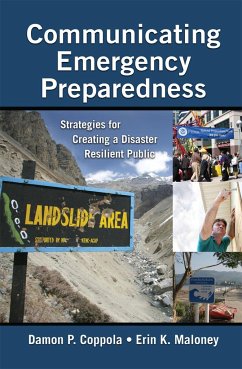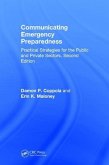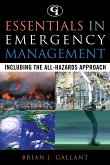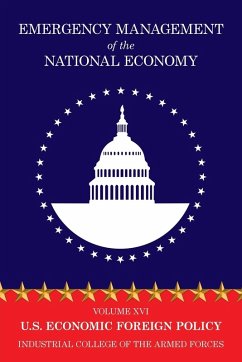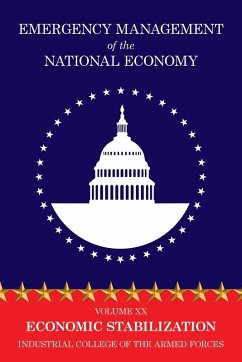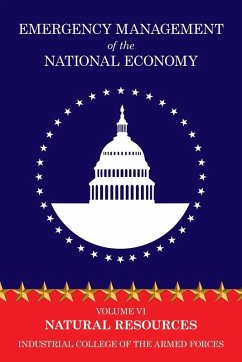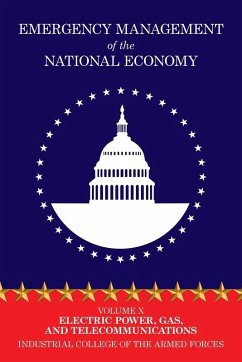Educating the Public is the First Line of Defense Recent events worldwide have made vigilant disaster preparedness a crucial concern. A critical tool needed to help protect the public is the public awareness campaign. The first book solely dedicated to the topic of pre-event communication, this volume considers the best ways to communicate disaster risk factors, response plans, and emergency procedures without fomenting panic or paranoia. The author provides an overview and history of public disaster preparedness education, and then discusses the design of a public education project, as well as communication methods. This resource provides those public administration officials, emergency coordinators, and community leaders at both local and national levels with the background and the tools needed to plan, design, and carry out effective public disaster preparedness efforts.
'Doing individual and community disaster preparedness can be hard work -- those who think it isn't that hard would probably be surprised at how ineffective their efforts were if effectiveness evaluations were done. Frequently trying to get the biggest bang for the buck (such as sending fliers out to everyone -- which most people do not read) is at odds with trying to really get to those in a community who are the most at risk and most vulnerable and working with them to find realistic ways of increasing preparedness and decreasing vulnerability. This is where Coppola and Maloney's book on Communicating Emergency Preparedness is invaluable. This book shows how social science research and Madison Avenue advertising and marketing savvy can be brought together to engage in truly effective efforts to get people to do the hard thing -- change behavior and adopt more of a disaster preparedness mind-set that could some day be helpful in an emergency, if not save their lives. If you would like to see your community better prepared for disaster then this is a book you should read.' - Dr. B. Wayne Blanchard, retired manager of the FEMA Emergency Management Higher Education Program
'Damon P. Coppola and Erin K. Maloney identify and respond to the barriers that hinder efforts to improve individual and community resilience. They build on the results of risk communication and risk perception research to create effective messaging goals, tools and techniques. The result is a book grounded in theory that provides a practical, structured approach to planning and implementing a disaster resilience and preparedness campaign." - Dr. John R. Harrald, Virginia Tech Global Forum for Urban and Regional Resilience and The George Washington University
'Damon P. Coppola and Erin K. Maloney identify and respond to the barriers that hinder efforts to improve individual and community resilience. They build on the results of risk communication and risk perception research to create effective messaging goals, tools and techniques. The result is a book grounded in theory that provides a practical, structured approach to planning and implementing a disaster resilience and preparedness campaign." - Dr. John R. Harrald, Virginia Tech Global Forum for Urban and Regional Resilience and The George Washington University
'Doing individual and community disaster preparedness can be hard work -- those who think it isn't that hard would probably be surprised at how ineffective their efforts were if effectiveness evaluations were done. Frequently trying to get the biggest bang for the buck (such as sending fliers out to everyone -- which most people do not read) is at odds with trying to really get to those in a community who are the most at risk and most vulnerable and working with them to find realistic ways of increasing preparedness and decreasing vulnerability. This is where Coppola and Maloney's book on Communicating Emergency Preparedness is invaluable. This book shows how social science research and Madison Avenue advertising and marketing savvy can be brought together to engage in truly effective efforts to get people to do the hard thing -- change behavior and adopt more of a disaster preparedness mind-set that could some day be helpful in an emergency, if not save their lives. If you would like to see your community better prepared for disaster then this is a book you should read.' - Dr. B. Wayne Blanchard, retired manager of the FEMA Emergency Management Higher Education Program
'Damon P. Coppola and Erin K. Maloney identify and respond to the barriers that hinder efforts to improve individual and community resilience. They build on the results of risk communication and risk perception research to create effective messaging goals, tools and techniques. The result is a book grounded in theory that provides a practical, structured approach to planning and implementing a disaster resilience and preparedness campaign." - Dr. John R. Harrald, Virginia Tech Global Forum for Urban and Regional Resilience and The George Washington University
'Damon P. Coppola and Erin K. Maloney identify and respond to the barriers that hinder efforts to improve individual and community resilience. They build on the results of risk communication and risk perception research to create effective messaging goals, tools and techniques. The result is a book grounded in theory that provides a practical, structured approach to planning and implementing a disaster resilience and preparedness campaign." - Dr. John R. Harrald, Virginia Tech Global Forum for Urban and Regional Resilience and The George Washington University

